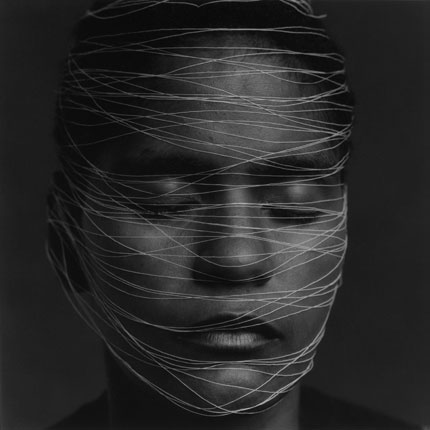
Galerie Esther Woerdehoff 36 rue Falguière 75015 Paris France
Mois de la photo 2010 Point information 5,7 rue de Fourcy 75004 Paris France
Son of a famous sculptor, Mario Cravo Neto was born in 1947 in Salvador, Bahia. Nurtured in the cultural setting of his native city, he began his first artistic experiences very early on: sculpture, drawing, installation, photography and video. Throughout his life, he did not pose any boundaries between the different orientations taken by his artistic activity. Thirty-five black and white prints, an installation/sculpture (1972, resin) and private videos are presented in an exhibition at the Galerie Esther Woerdehoff.
In 1964, Mario Cravo’s whole family moved to Berlin where his father was invited to be an “artist in residence”. Two years later, he returned to Brazil before leaving again to move to New York in 1968. There he studied at the Art Students League under the direction of the artist Jack Krueger, one of the pioneers of conceptual art in New York.
Returning to Brazil in 1970, he participated in the 11th São Paulo International Biennial presenting a large installation. Unable to walk for almost a year after an accident, he was obliged to rethink his photography. He began to work at home, using found or familiar objects and paying particular attention to lighting, in an attempt to bring the three-dimensional aspect of sculpture to photography. His models were for the most part members of his family or close relations.
Steeped in the Yoruba culture, Mario Cravo Neto’s black and white work takes us back to the myth of the eternal return, the search for a lost Eden, the bond that joined man to nature, man to the divine. His photographic research lies in the enigma, the intangible, “inaccessible in the same way as gods, the Orishas and the dead”.
Created using sophisticated techniques, his photographs have a direct sensuality and seem paradoxically obvious. In almost all the photographs his models are blindfolded or their eyes are hidden by objects or animals, or photographed from behind, preventing them access to the visible world: a face hidden by a tortoise, small white birds or gold thread; a large pebble emerging from an ear, two fish thrown over a shoulder like Homeric armour. These are just some of the emblematic images found in the work of Mario Cravo Neto on show at the gallery.
His work evokes in a perfectly iconic and dreamlike way, the ancestral gestures of Candomblé, the rituals of body painting and sacrifice. Mario Cravo Neto bequeaths us a ferment of visions, a mixture of revelations in mythic silver salts offering a potion of imagination to those willing to experience it. His photographs seem “to deify the human and humanize the divine”. Considered by many to be one of the most important contemporary Brazilian artists, Mario Cravo Neto died 9 August 2009, in Salvador, Bahia.

